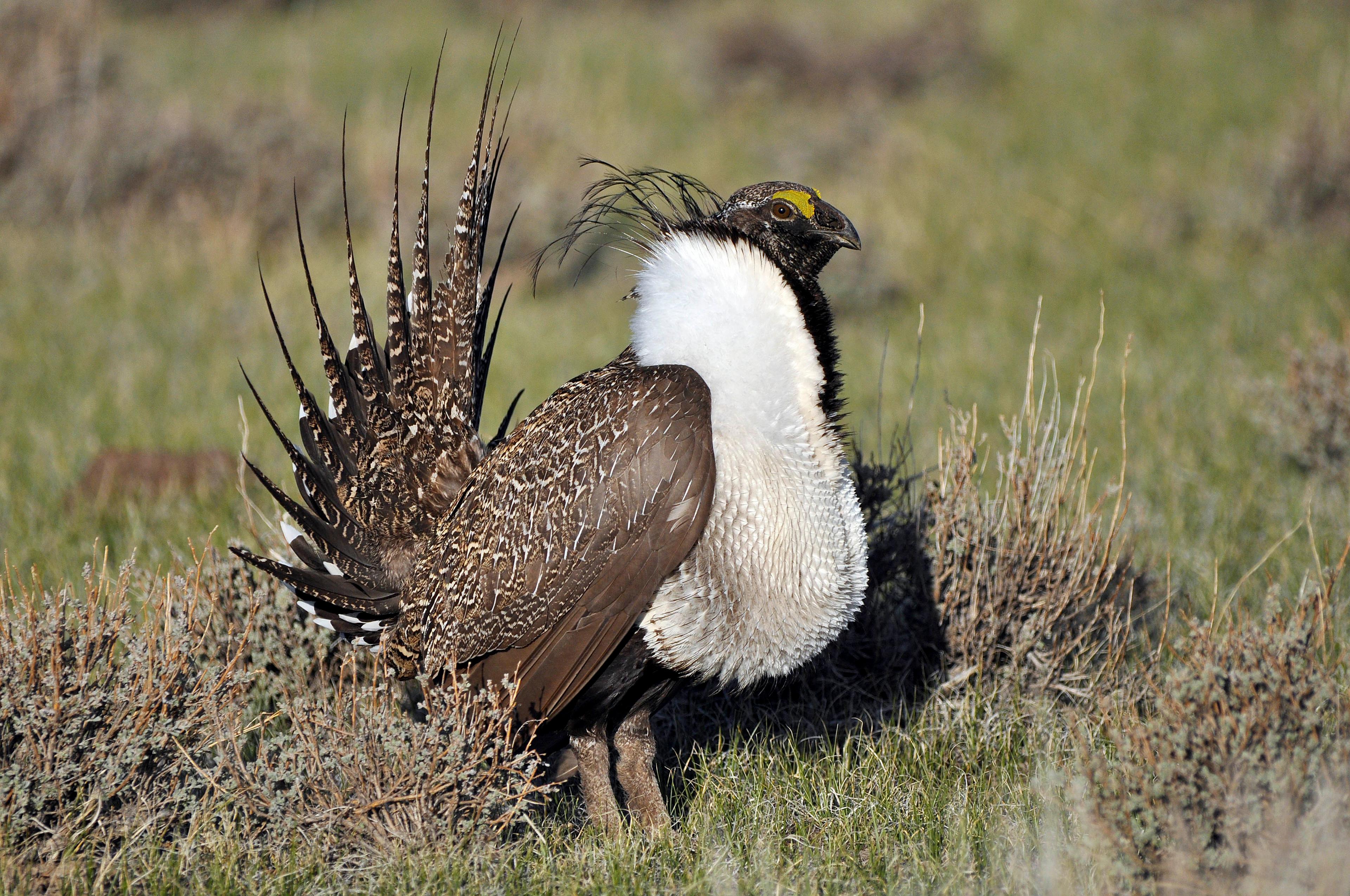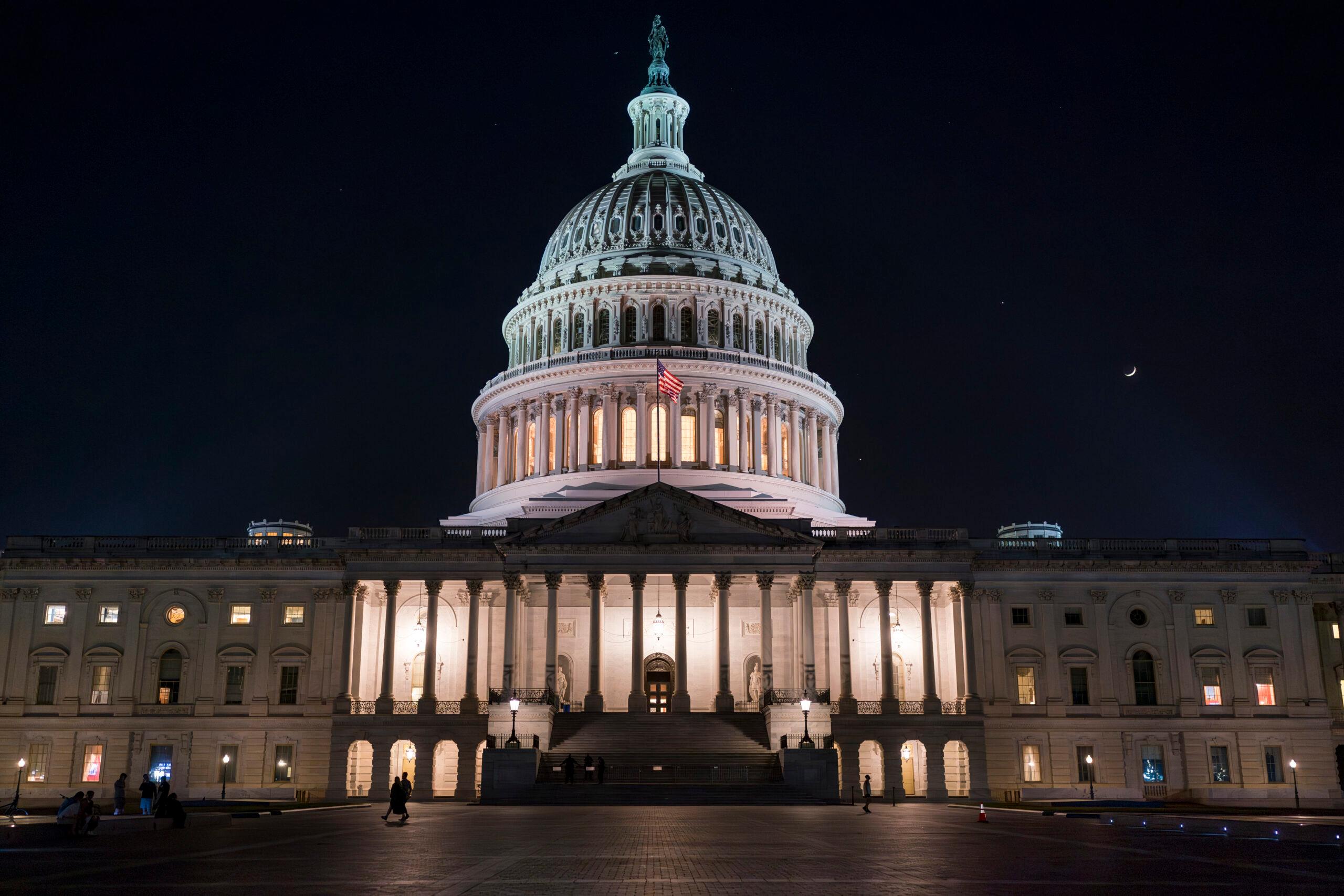

The U.S. Forest Service proposed changes Wednesday to sage grouse protections in Colorado and five other Western states that call for eliminating special designations for crucial habitat as well as keeping areas open for mining.
The agency also said restrictions on water development for livestock will be removed as will other requirements that could limit some livestock grazing.
The plan, detailed in documents, covers 9,500 square miles of greater sage grouse habitat in Colorado, Idaho, Nevada, Wyoming, Utah and Montana.
"The objective of what we're doing right now is to be, on the whole, neutral to positive for the grouse," said Forest Service spokesman John Shivik.
The Obama administration in 2015 opted not to list the chicken-sized, ground-dwelling bird as needing federal protections under the Endangered Species Act and instead imposed land-use restrictions leading to multiple lawsuits from industry and environmentalists.
In one of those lawsuits, a U.S. court agreed with mining companies that the Forest Service created some safeguards in Nevada after failing to give the public enough information to participate in a meaningful way. In response, the Forest Service said those same safeguards exist in other states, so it decided to review plans outside of Nevada as well.
Greta Anderson of Western Watersheds Project, an environmental group, blasted the Forest Service proposals.
"What it's doing is making it easier for industry to work around the conservation measures that were intended in the 2015 plans," she said. "The greater sage grouse continues to decline in the West. These revisions aren't changing that trajectory."
Between 200,000 and 500,000 sage grouse remain in 11 Western states, down from a peak population of about 16 million. Experts generally attribute the decline to road construction, development and oil and gas leasing.
Researchers say sage grouse once occupied about 463,000 square miles, but that's now down to about 260,000 square miles.
The males are known for performing an elaborate ritual that includes making balloon-like sounds with two air sacks on their necks.
Sage grouse didn't receive federal protection in 2015, but officials are expected to review that decision in 2020.
A key component of the 2015 plan included establishing key sage grouse habitat called focal areas that restricted development. The move is considered part of the reason sage grouse didn't receive federal protections.
Under the Forest Service's latest proposal, those focal areas would be eliminated.
Shivik said the elimination of the areas doesn't mean protections for sage grouse will be removed. He said the land will still be designated priority sage grouse habitat with restrictions on surface development.
The Forest Service only has jurisdiction over about 8 percent of sage grouse habitat, with most of the rest on U.S. Bureau of Land Management property. The Forest Service has been working with the BLM, which also is reviewing its plans for the struggling bird following an order by Interior Secretary Ryan Zinke.
John Freemuth, a Boise State University environmental policy professor and public lands expert, said there's significant pessimism among conservationists on how the Trump administration ultimately handles sage grouse.
"The seeming promotion of oil and gas over every other value — there are reasons for people to be concerned about this," he said. "But in defense of the administration, let's just see how it all plays out."
The revision process started in November with the Forest Service seeking public comments. Those remarks — some 55,000 — led to the current proposals, with new comments being taken through July 20. The agency will use the comments to create an Environmental Impact Statement for sage grouse habitat.









